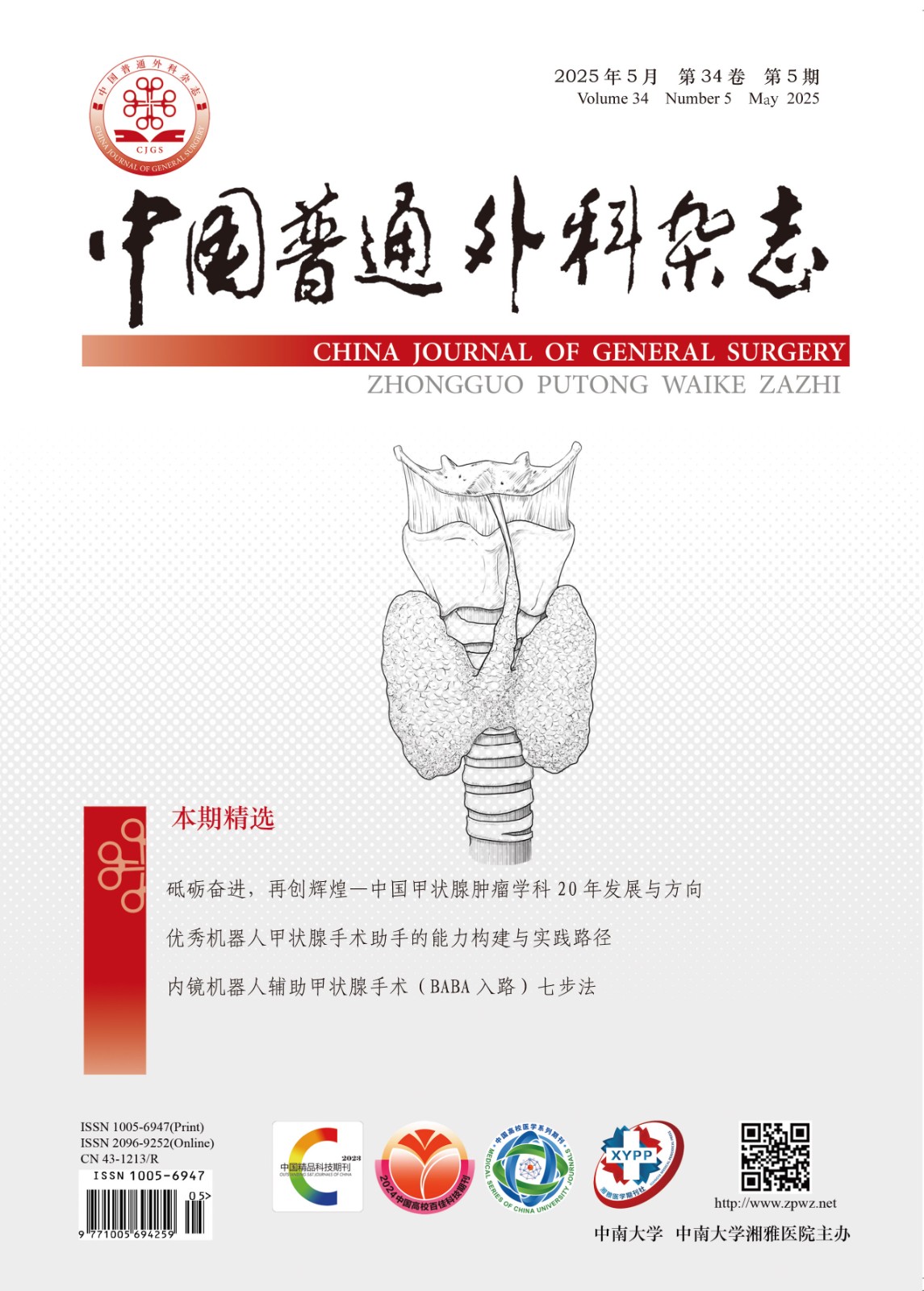Abstract:
Objective: To investigate the expression of tumor suppressor factor cylindromatosis (CYLD) in alveolar macrophages (AMs) and its relation with NF-κB-dependent inflammatory signaling pathway during acute lung injury (ALI) caused by acute pancreatitis (AP). Methods: Sixty adult SD rats were equally randomized into experimental group and control group. AMs were harvested by bronchoalveolar lavage, which were treated with TNF-α (for simulation of AP-induced ALI in vitro) in experimental group, and treated with the same amount of normal saline in control group, respectively. In these AMs, the levels of inflammatory factors and the expressions of CYLD, NF-κBp65, NF-κB-essential modulator (NEMO) and IκBα were determined at 0, 1, 3, 6 and 12 h after treatment. Results: At each time point, the releasing levels of all the determined inflammatory factors and expression levels of CYLD and NF-κB pathway-related proteins showed no significant change in control group (all P>0.05). In experimental group compared with control group, all parameters showed no significant difference at 0-h time point (all P>0.05), but had statistical difference at all the later time points (all P<0.05); the releasing levels of TNF-α, IL-1β, IL-6 and NO were all significantly increased and reached their peak values at 1-h time point and then gradually decreased; from 1-h time point, the CYLD expression was significantly down-regulated, while the expressions of NF-κBp65 and IκBα were significantly up-regulated, and then all were slightly recovered later; the NEMO expression was significantly up-regulated at 1-h time point, and declined at 3-h time point, and was elevated again at 6- and 12-h time point. CYLD expression had significantly negative correlation with the expressions of NF-κBp65, NEMO and IκBα in the AMs of experimental group (r=–0.759, –0.849, and –0.813, all P<0.05) respectively. Conclusion: CYLD expression may be decreased in the AMs during ALI secondary to AP, thus its inhibition to NF-κB-dependent inflammatory signaling pathway is lessened. Up-regulating CYLD expression may probably be an effective approach for alleviating AP-induced ALI.

